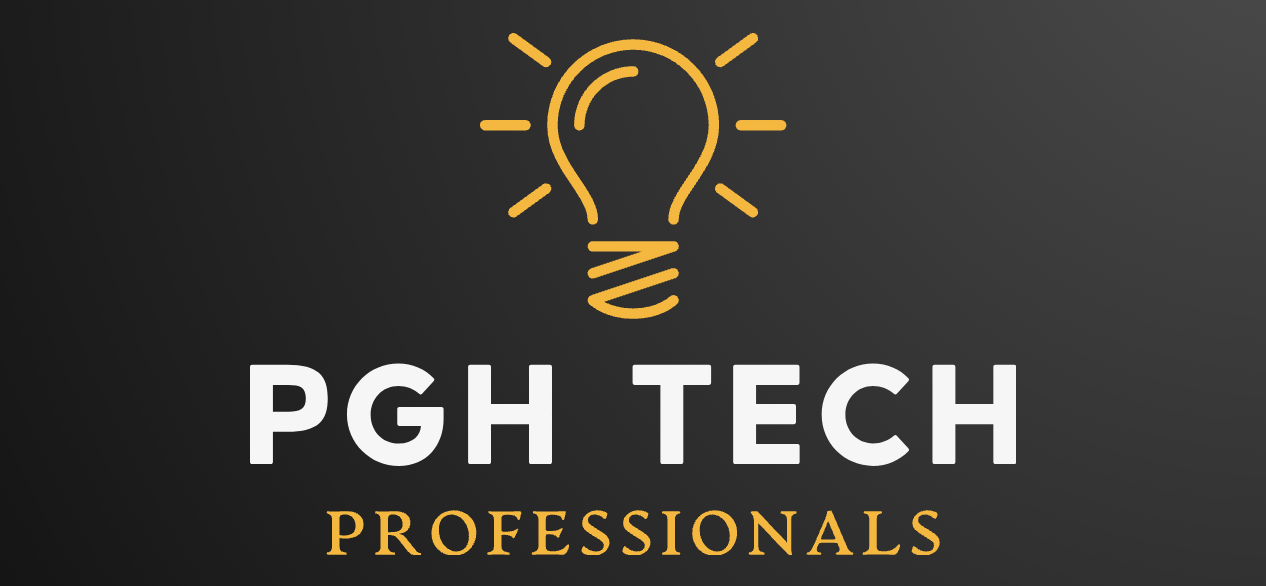How Mindfulness Can Improve Workplace Productivity?
Workers can feel overwhelmed and unproductive with constant notifications, emails, and deadlines. A 2021 study by UC Irvine found that the average employee is interrupted or switches tasks every 3 minutes.
This fragmented attention comes at a steep cost—it takes an average of 23 minutes to fully refocus after an interruption.
But what if there was a way to harness ancient wisdom and cutting-edge technology to boost focus and efficiency dramatically?
This article explores how the synergy between mindfulness practices and thoughtful use of technology can transform workplace productivity.
Understanding Mindfulness and Its Benefits
Mindfulness is the practice of bringing one’s attention to the present moment non-judgmentally. It involves observing thoughts and sensations without getting caught up in them.
While its roots lie in Buddhist meditation, secular mindfulness has gained widespread adoption in recent years.
A growing body of research backs the benefits of mindfulness for workplace productivity:
- Improved focus and attention: A 2018 study published in the Journal of Cognitive Enhancement found that just 10 minutes of mindfulness meditation per day improved participants’ ability to concentrate on tasks.
- Reduced stress and burnout: Mindfulness-based stress reduction programs can lower cortisol levels and improve emotional regulation.
- Enhanced creativity and problem-solving: A study in the journal Mindfulness found that brief mindfulness exercises improved divergent thinking and idea generation.
- Better decision-making: Researchers at INSEAD and The Wharton School found that just 15 minutes of mindfulness practice led to more rational decision-making and reduced cognitive biases. .
These cognitive and emotional benefits translate directly to improved workplace performance.
The Role of Technology in the Modern Workplace
The rapid pace of technological change has transformed how we work. Cloud computing, smartphones, and collaboration software have made remote work commonplace and increased flexibility.

AI and automation are augmenting human capabilities across industries.
However, technology also brings challenges:
- Information overload: The average knowledge worker receives 121 emails per day.
- Constant connectivity: Many employees say they feel pressured to respond to work communications outside of work hours.
- Multitasking and context switching: Research shows that heavy multitaskers are less productive and more prone to errors.
Sources: Radicati.com, Pnas.org
The key is learning to leverage technology mindfully to enhance productivity rather than hinder it.
Integrating Mindfulness and Technology for Optimal Productivity
For employers, the challenge lies not in choosing between mindfulness and technology but in finding ways to integrate both harmoniously.
By leveraging mindfulness-enhancing apps and adopting tech-enabled mindful work habits, professionals can create a synergy that amplifies productivity while maintaining well-being.
Mindfulness Apps and Tools
A new wave of digital tools is making mindfulness more accessible than ever:
- Headspace: This popular app offers guided meditations tailored for the
Workplace, including exercises for improving focus and reducing stress. - Calm: In addition to meditations, Calm provides “Sleep Stories” to improve rest and recovery.
- Insight Timer: This app offers over 80,000 free guided meditations, allowing users to find practices that resonate with them.
- Mindvalley’s 6-Phase Meditation: This structured daily practice combines mindfulness with visualization and gratitude to boost overall well-being and performance.
A small personal note: I have been into mindfulness for a while now. And I took a Mindvalley membership to get access to all the courses. Truth be told, I love the courses. You can also check out the membership and get access to their catalog of all the courses.
Mindful Work Habits

Technology can also support the development of more mindful work routines:
- Time-blocking apps: Tools like RescueTime or Clockify help users allocate focused time for deep work, reducing context switching.
- Pomodoro technique apps: These apps use timed work sprints to maintain focus, with built-in mindful breaks.
- Digital wellness features: Many devices now have built-in screen time tracking and “Do Not Disturb” modes to encourage mindful technology use.
- Mindful communication tools: Platforms like Slack allow users to set status messages and snooze notifications, promoting more intentional communication.
Creating a Mindful Work Environment
Organizations can use technology to foster a culture of mindfulness:
- Virtual meditation rooms: Companies like Salesforce have created digital spaces for employees to practice mindfulness together.
- Mindfulness reminders: Some organizations use gentle notifications to prompt short mindfulness breaks throughout the day.
- Biofeedback devices: Wearable technology can provide real-time data on stress levels, encouraging mindful responses.
- Virtual reality: Immersive VR experiences are being used to create calming environments for meditation and stress reduction.
Conclusion: Mindfulness Leads To Better Productivity
Integrating mindfulness and technology offers a powerful solution to the productivity challenges of the modern workplace. By cultivating present-moment awareness and leveraging digital tools mindfully, workers can dramatically improve their focus, creativity, and overall performance.
The research is clear: mindfulness is not just a feel-good practice but a scientifically validated approach to enhancing cognitive function and emotional regulation.
When combined with the thoughtful use of productivity apps and digital wellness features, it creates a synergy that can transform how we work.
As organizations increasingly recognize the value of employee well-being, programs like Mindvalley’s membership offer a structured way to bring mindfulness into the workplace.
These platforms empower individuals to control their mental states and work habits by providing access to expert guidance, supportive communities, and practical tools.
